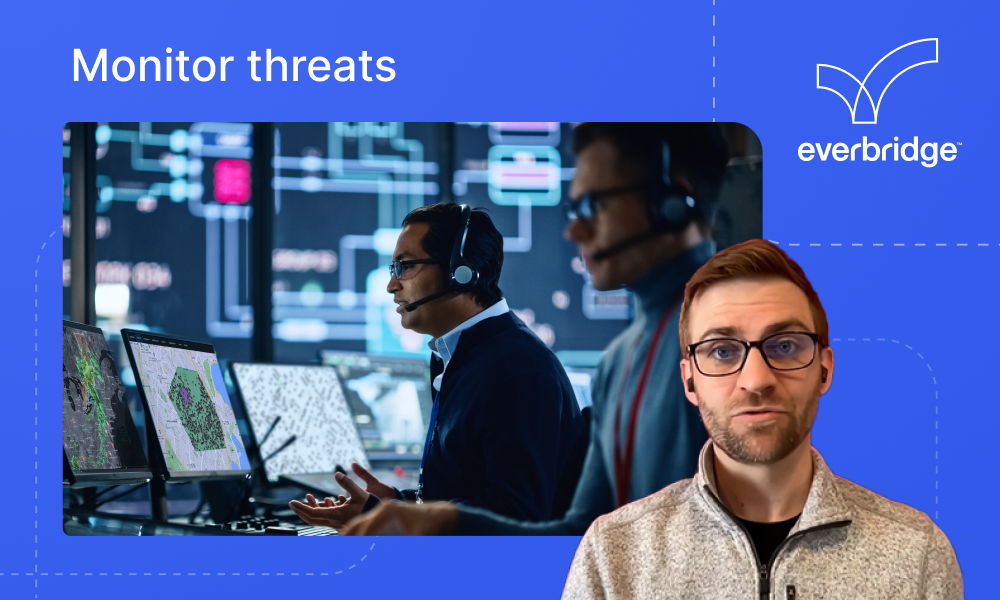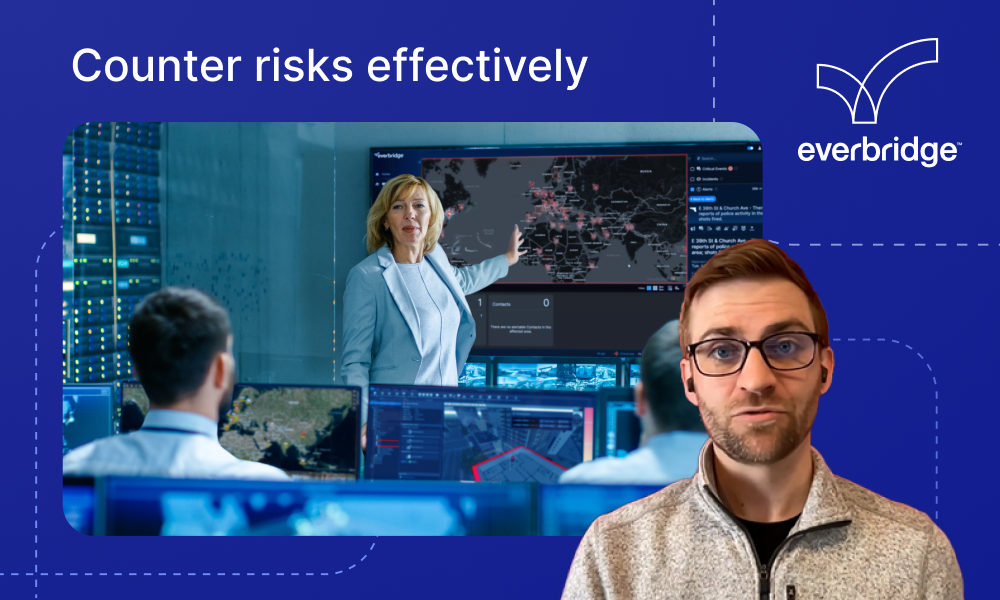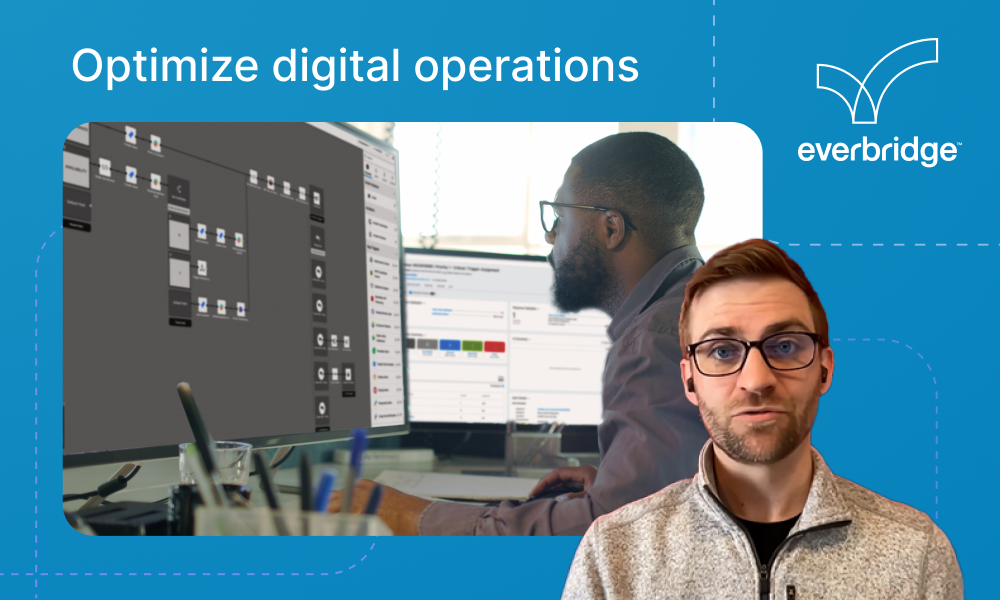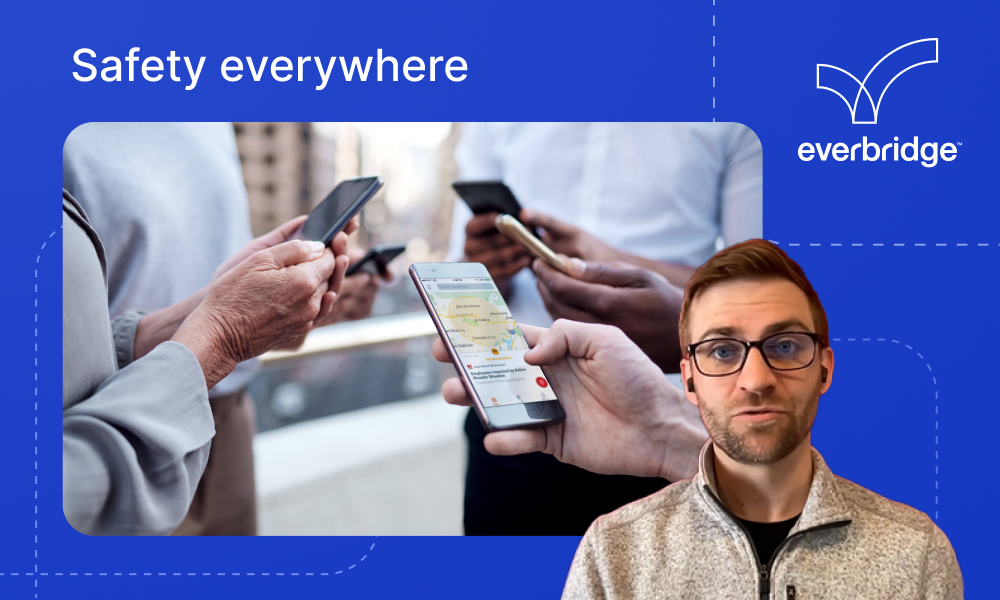Our comprehensive risk management services are designed to enable businesses to operate safe in the knowledge that everything possible is being done to ensure their people and other assets are protected. We combine deep security expertise with innovative technology to help you deliver the policies, training, protection and responses needed – no matter what.
Cyber breaches are a constantly evolving combination of threats and security concerns that can put organizations in turmoil. They require not only technical expertise but also strategic stakeholder management. From high-profile breaches like Sony’s network compromise to the ransomware attack on a hospital demanding $1.5 million, organizations face an ever-increasing threat landscape. Understanding how to manage stakeholders during a cyber-attack and adopting evolving strategies for breach detection are crucial for maintaining resilience.
The critical role of stakeholder management in cyber-attacks
Effective management during a cyber-attack starts with a well-defined response plan. Recognizing potential threats and understanding their impact is foundational. From service disruptions to data breaches, such as TalkTalk’s customer data leak, the repercussions can be severe. It’s essential to have a plan that operates 24/7, as attacks often occur outside regular business hours. Key components include:
- IT security and incident teams: these are the frontline defenders. Ensure you have a dedicated team ready to address breaches and coordinate responses.
- Legal counsel: engage legal advisors to manage compliance and potential liabilities if sensitive data is compromised.
- Stakeholders: identify and communicate with all relevant parties, such as marketing, customer service, and employees, to ensure consistent messaging and support during an incident.
Developing a communications plan is also critical. Steps include triaging information to stakeholders, informing them through secure channels, managing ongoing updates, and regularly rehearsing these processes to ensure preparedness.
Shifting strategies: from prevention to detection
The landscape of cybersecurity risk management is evolving. While prevention remains a priority, the focus has increasingly shifted towards detection. This shift acknowledges the sophistication of modern threats and the inevitability of breaches. Key strategies include:
- Automation: leveraging automated tools for monitoring and incident management can significantly enhance detection capabilities. Automation helps in quickly identifying threats and reduces the impact on operations.
- Threat intelligence: organizations should utilize advanced threat intelligence to anticipate risks and integrate this data into automated systems for improved resilience.
- Industry collaboration: joining industry groups and staying informed about local and global cybercrime trends can help organizations stay ahead of potential threats.
Preparing for the future
Embracing these strategies ensures organizations are better equipped to handle cyber threats. Begin by evaluating the automation tools necessary for your organization’s needs and considering the return on investment for implementing these technologies.
For over two decades, Everbridge has been at the forefront of critical event management, helping businesses enhance their cybersecurity defenses. To understand more about achieving cyber resilience, watch our latest webinar on strengthening your cyber defenses:
Cybersecurity in financial services presents unique challenges in strengthening resilience against potential threats. Financial institutions not only need to combat cyber threats such as web application attacks, bad bots, ransomware, and phishing attacks, but also maintain uptime before, during, and after such breaches to ensure seamless customer service and regulatory compliance.
The cost of cybersecurity risks
According to IBM’s Cost of a Data Breach Report 2024, the global average cost of a data breach reached USD 4.88 million, a 10% increase from the previous year and the highest total ever recorded. A third of breaches involved shadow data, highlighting the difficulties in tracking and safeguarding proliferating data. Organizations using security AI and automation extensively in prevention reported average cost savings of USD 2.22 million compared to those that didn’t. Beyond these staggering statistics, financial institutions face even greater fears in lost business costs, including increased customer turnover, lost revenue due to downtime, and the rising cost of acquiring new business due to diminished reputation.
Regulatory landscape
The FFIEC (Federal Financial Institutions Examination Council) has strengthened its mandates for operational resilience, business continuity, and crisis management within the financial sector. This increase in regulation and compliance expectations underscores the necessity of automation across operational risk areas to achieve efficiency in processes, knowledge, and impact assessment. Regulators focus on the impacts of operational outages and their industry-wide effects, requiring detailed tracking, audit logs, and evidence of executive oversight.
The importance of cyber resilience
For financial services to succeed amidst heightened regulatory requirements and complex digital threats, cyber resilience extends beyond simply remediating attacks. It involves maintaining a reputable and trustworthy brand and product for customers. Organizations must prioritize building a resilient operation so that any disruption, whether from a cyberattack or other causes, has minimal impact on customer experience and avoids major non-compliance fines. Through digital transformation and a commitment to automation, financial institutions can build maximum operational resilience, enhance customer experience, and achieve positive returns on technology investment.
The domino effect of disruptions
Digital disruptions in large financial firms can have cascading negative impacts. Cybersecurity-related risks can lead to direct costs for affected banks and ripple effects on counterparties within the financial sector and the broader economy. Becoming cyber resilient means more than shielding against a single disruption; it requires active prevention against the negative domino effect such disruptions can trigger. With much of the financial sector’s success rooted in customer trust, falling victim to a chain of events that impact on the economy puts institutions at high risk of lost business. It truly pays to be prepared.
Operational resilience through digital transformation
Innovations in incident management, including greater automation, integration, data-level visibility, and user-friendly advances, support the infrastructure necessary for uninterrupted customer experiences. Everbridge critical event management can help financial services establish and maintain ‘Operational Resiliency ROI’ by minimizing business downtime and accelerating incident resolution through automated communications, collaboration, and orchestration. It streamlines incident response across IT Ops, Service Ops, Sec Ops, DevOps, and IT BC/DR, equipping employees with the information and resources needed to support digital transformation and deliver uninterrupted customer experiences.
For more insights, watch our webinar on cybersecurity preparedness and protection.
In the face of potential active assailant threats, organizations are increasingly turning to technology to bolster their preparedness and response capabilities. The integration of technological solutions is proving to be a game-changer, particularly in improving communication and ensuring timely responses during incidents. As businesses seek to protect their people and assets, understanding the role of technology in enhancing active assailant preparedness has become essential.
The power of real-time communication
One of the primary advantages of leveraging technology in active assailant preparedness is the ability to facilitate real-time communication. During an incident, every second counts, and the ability to disseminate information swiftly can be the difference between safety and chaos. Technology solutions, such as mass notification systems, mobile alerts, and integrated communication platforms, enable organizations to send immediate alerts and updates to all affected individuals, regardless of their location.
Types of technology systems being deployed
Organizations are deploying a range of technology systems to enhance their active assailant preparedness. These include:
- Mass notification systems: these systems allow for the rapid dissemination of alerts and instructions to employees via multiple channels, including text messages, emails, and mobile apps.
- Emergency communications platforms: such platforms provide a centralized hub for coordinating and managing communications during an incident, ensuring that all stakeholders receive consistent and accurate information.
- Surveillance and monitoring tools: advanced surveillance systems equipped with AI capabilities can detect unusual activities and trigger alerts, enabling a swift response to potential threats.
- Access control systems: these systems enhance security by regulating entry and exit points, allowing for quick lockdowns and controlled evacuations.
Benefits of real-time alerts
The implementation of real-time alert systems offers several benefits:
- Increased situational awareness: real-time alerts ensure that employees are immediately aware of an ongoing situation, allowing them to take appropriate actions to ensure their safety.
- Coordinated response: With instant communication, response teams can coordinate their efforts more effectively, streamlining decision-making and response strategies.
- Reduced panic and confusion: Timely and clear communication reduces panic among employees, providing them with the guidance needed to remain calm and follow established protocols.
Challenges and solutions
Despite the clear advantages, organizations face challenges in implementing and maintaining these technology solutions. Communication issues remain a top concern, with security professionals identifying real-time updates, sending alerts, and making quick decisions as key hurdles during active assailant incidents. However, nearly 70% of security professionals have already deployed technology solutions to address these challenges, indicating a growing recognition of the importance of technological integration.
Next steps
As organizations navigate the complexities of active assailant preparedness, technology stands out as a vital component in enhancing their capabilities. Everbridge has partnered with ASIS to survey around 700 security professionals to establish benchmark data on how the training, the tools, and the approach to active assailant preparedness has evolved. We consolidated our findings into the 2024 active assailant preparedness report which you can download here:
As the landscape of active assailant threats evolves, staying ahead with cutting-edge technology will be crucial for effective preparedness and peace of mind.
Connect with employees, mobilize teams, and restore order with ease. Discover how the Everbridge Mass notification platform can help you deliver messages across various channels during a crisis. Safeguard your people, ensure operational continuity, and fortify your critical communications.
Explore how to effectively manage threats to people, buildings, and assets using visual security maps and live threat analysis. Discover how Everbridge safety solutions can not only alert you but also guide you through workplace security, corporate security, civil unrest, terrorism, and active shooter situations.
Everbridge Risk Intelligence offers comprehensive global risk insights to empower your decision-making process. This video highlights how actionable data can lead to lifesaving actions, ensuring your operations continue seamlessly. With our dedicated Risk Intelligence Center available 24/7, 365, we provide the precision risk intelligence necessary to keep you informed and prepared.
Learn how to streamline your incident management process with drag-and-drop workflows on xMatters. Reduce service disruptions, accelerate issue resolution, and improve customer experience. Discover the power of service intelligence and automation with xMatters. Cut down response times, reduce operational costs, and ensure uninterrupted service.
Discover how the Everbridge Safety Connection app can be tailored to your organization to ensure global employee and workplace safety. Learn how to proactively manage threats and keep employees safe around the clock with Everbridge.




